
Projects
Hessian scientists of various disciplines are using High Performance Computers for their research.

Hessian scientists of various disciplines are using High Performance Computers for their research.
Displaying 1 - 30 of 165
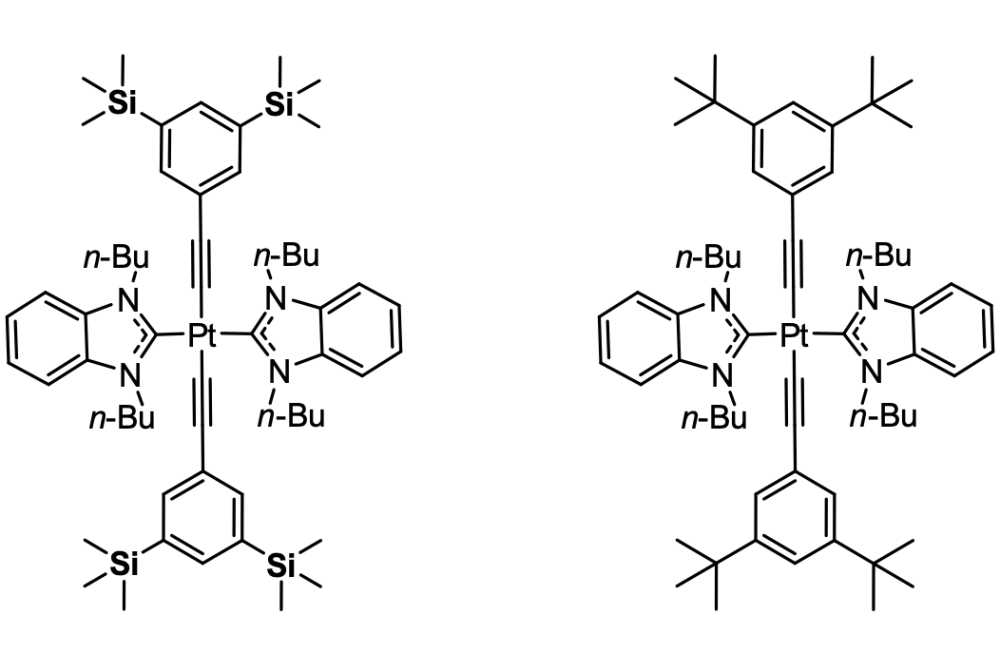
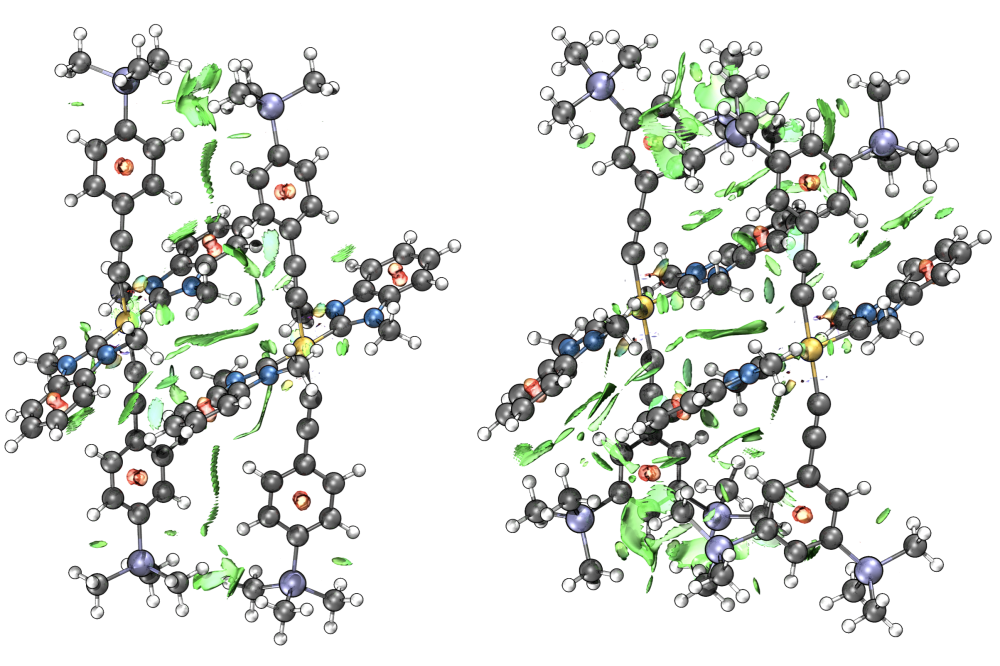
Non-covalent interactions (NCIs) not only govern the structure biomacromolecules such as proteins and DNA, but often ...
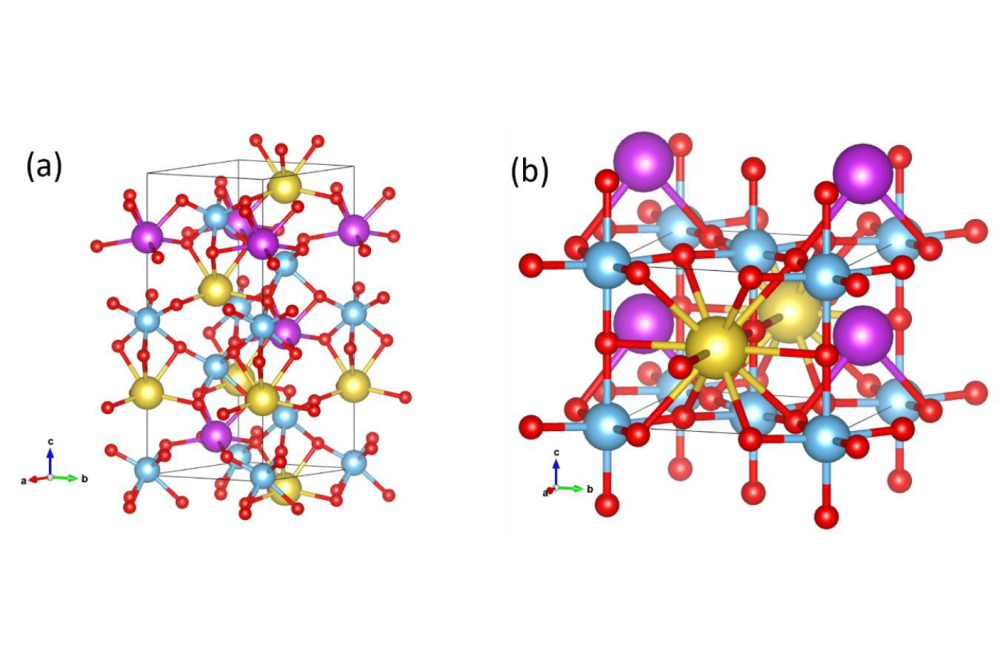
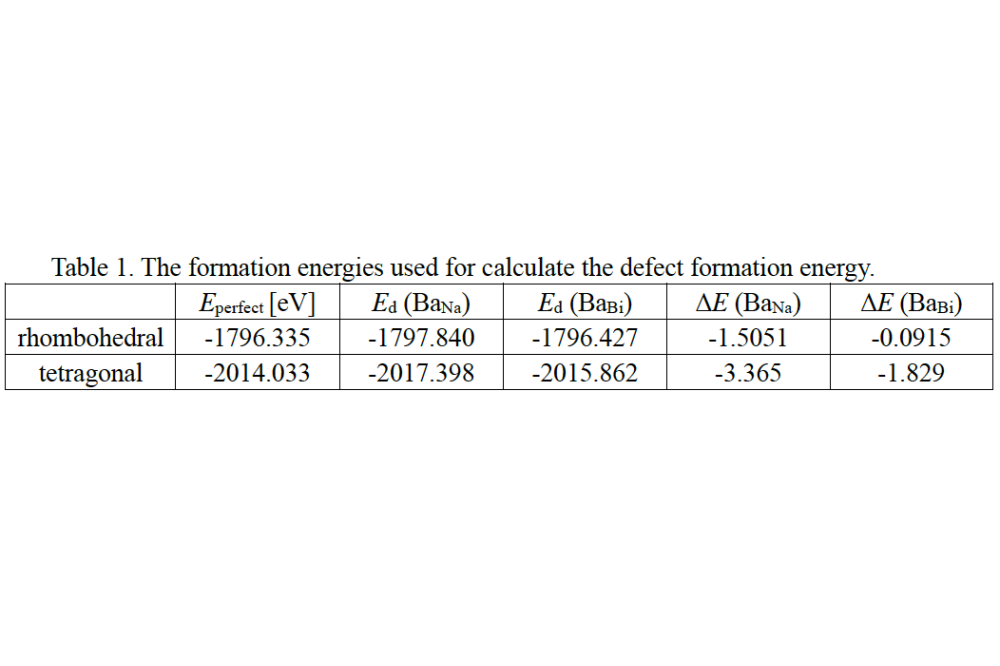
Sodium bismuth titanate-barium titanate (Na0.5Bi0.5TiO3-BaTiO3, abbreviated as NBT- BT) with high Curie temperature and ...

Linking experimental and theoretical observations on a physical system is one of the key objectives of modern science ...
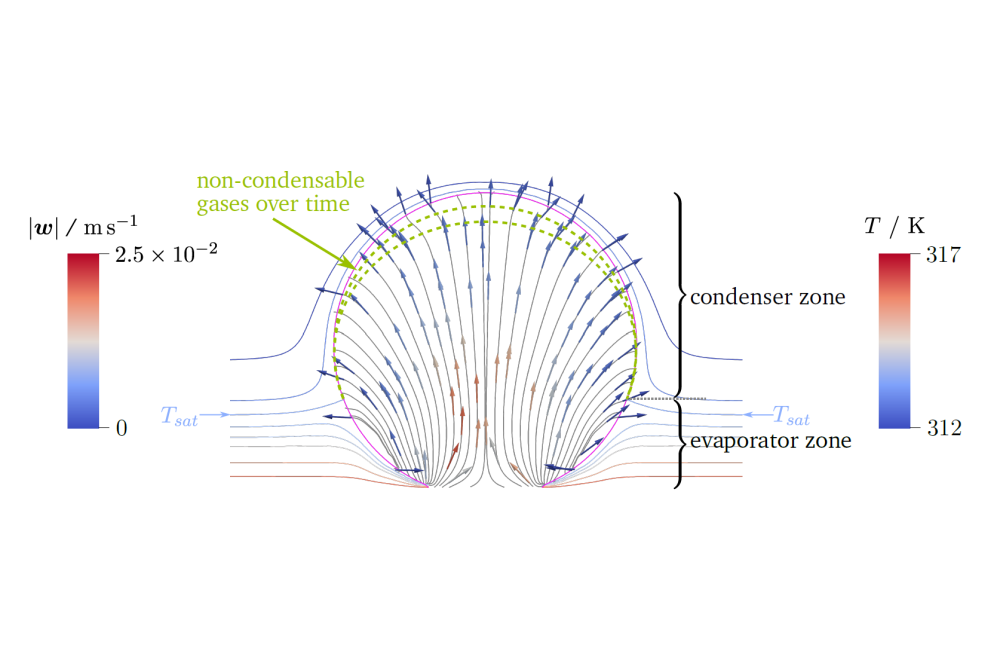
Nucleate boiling is a very efficient heat transfer mechanism. It is used in a wide variety of applications on Earth ...
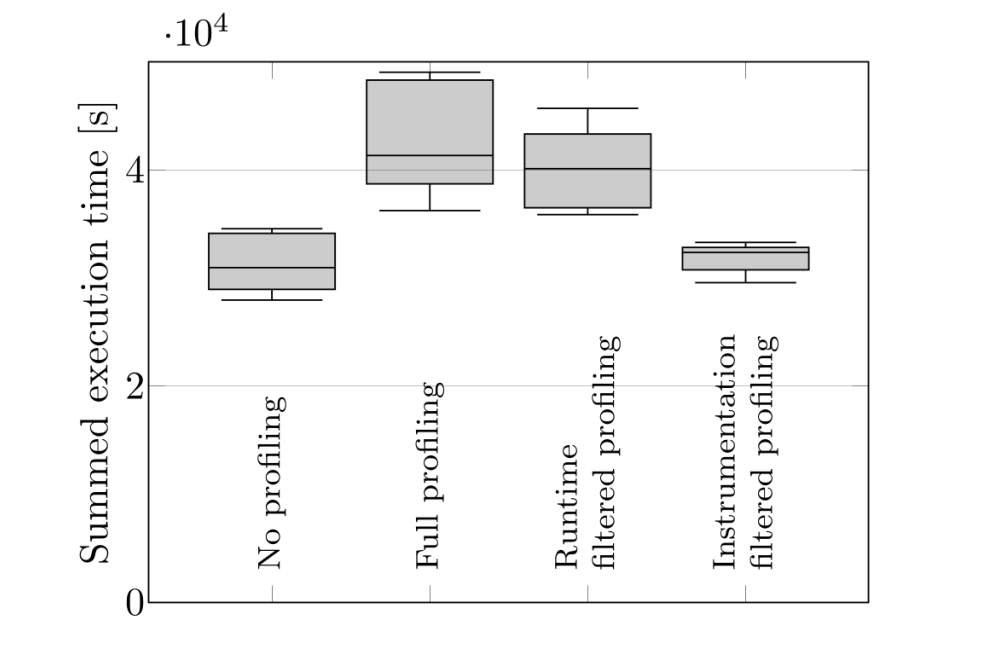
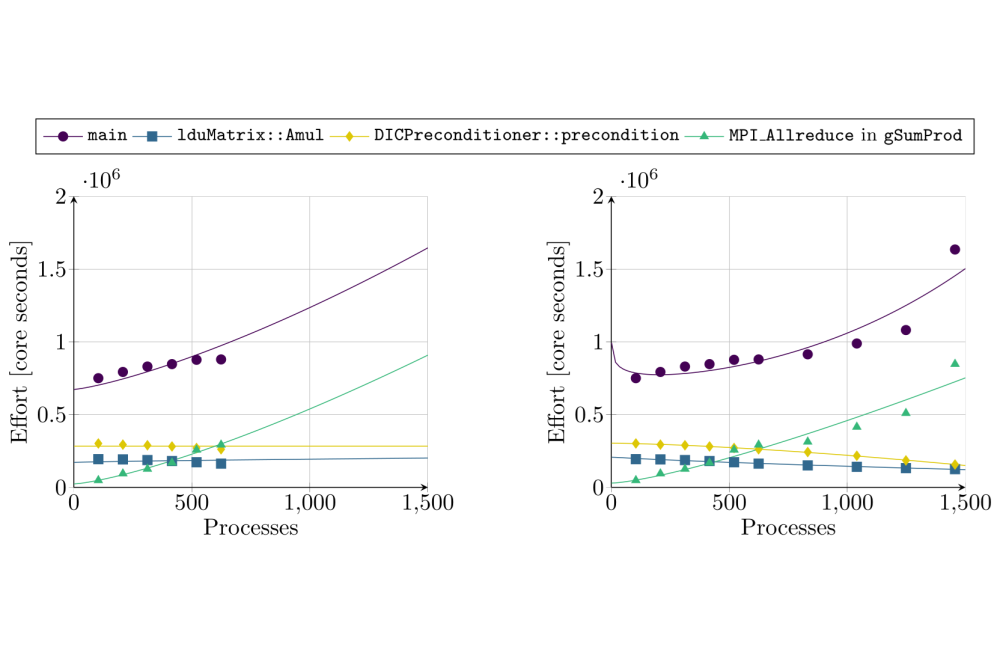
HPC applications can contain implicit performance bottlenecks, for example, due to caching or synchronization effects ...
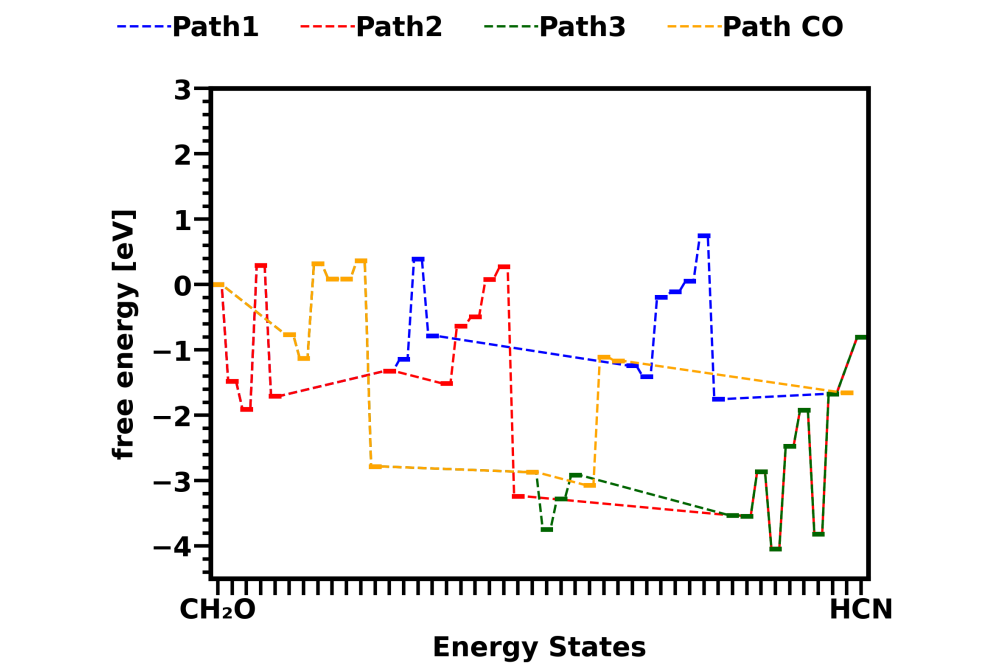
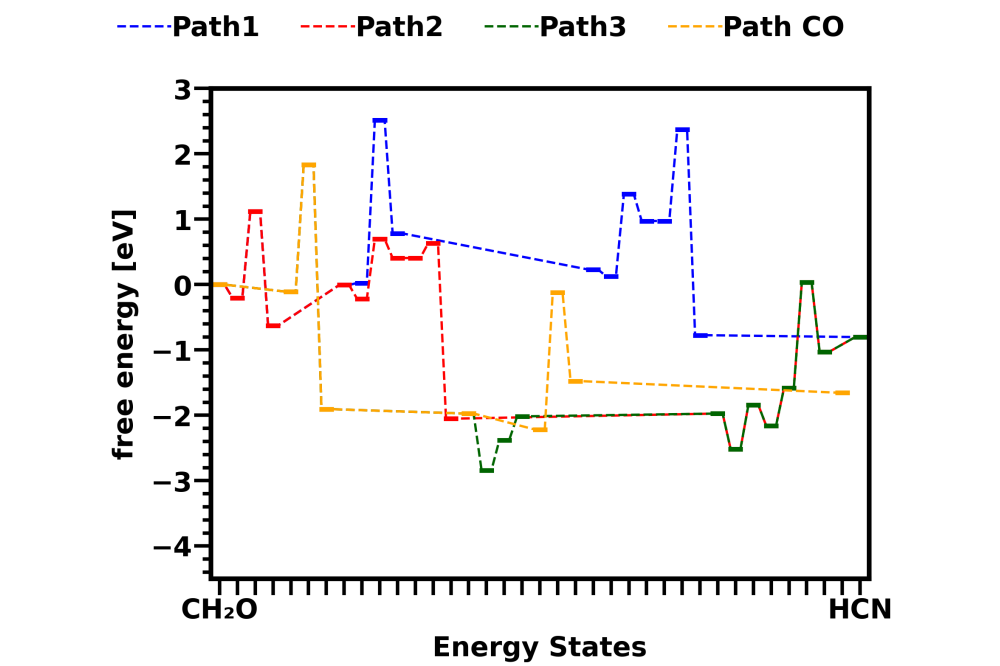
Biomass-derived fuels are promising candidates to replace traditional fossil-based fuels for mobility and propulsion but ...
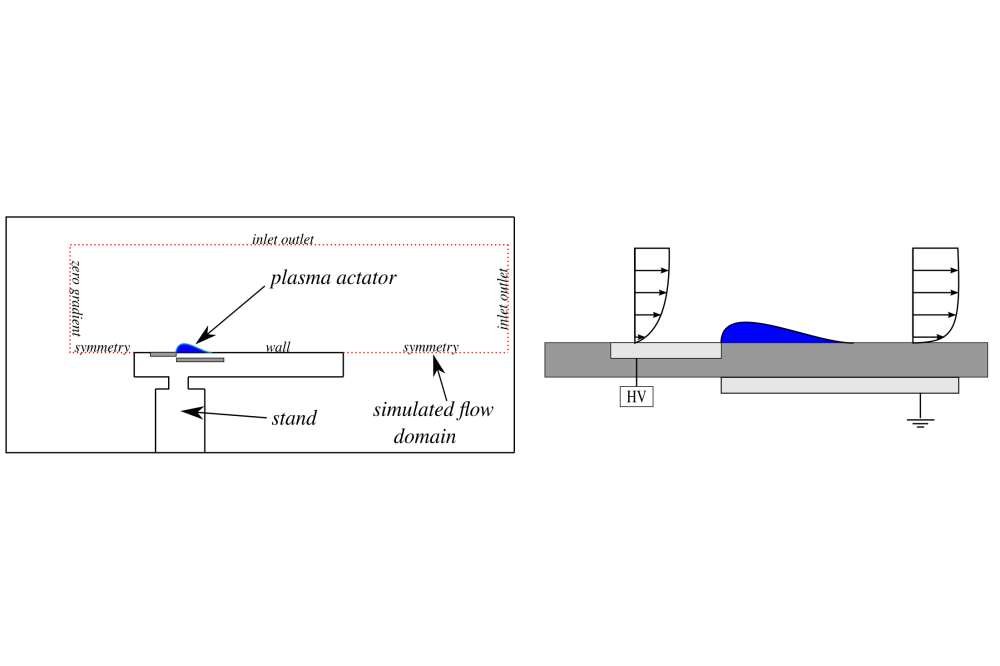
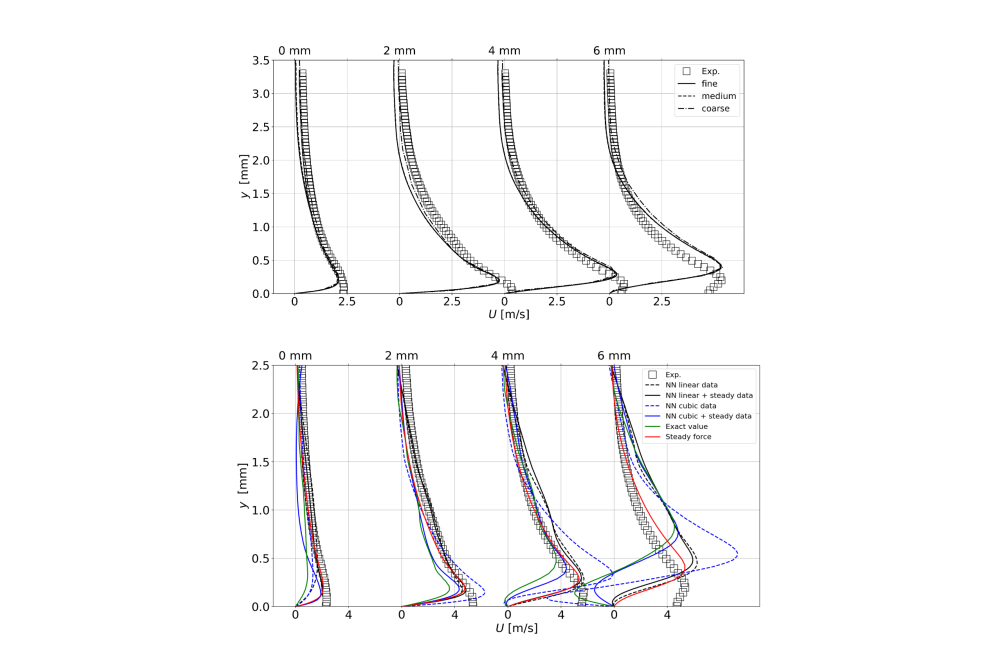
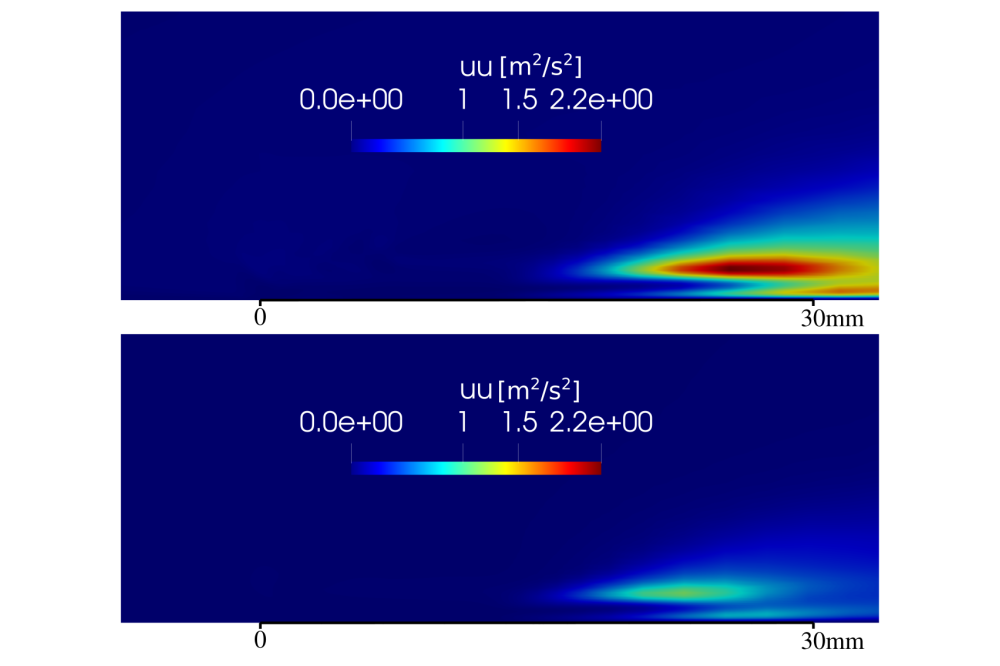
Plasma actuators, Figure 1, represent flow control devices that have no moving parts and that work by ionizing the air ...
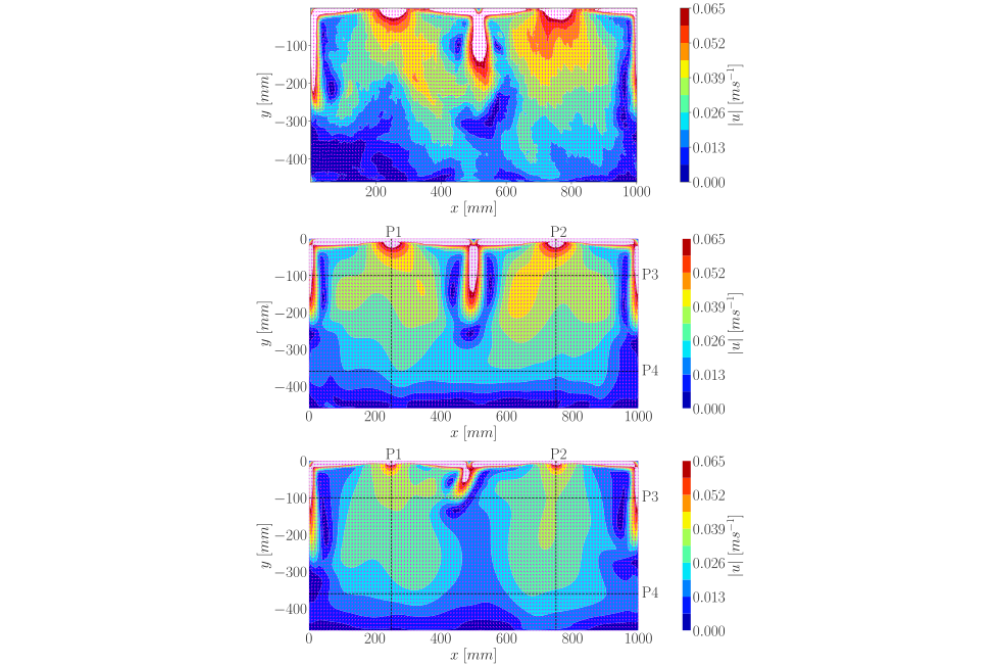
This project’s main objective is the numerical analysis of mechanically ventilated rooms in different scenarios under ...
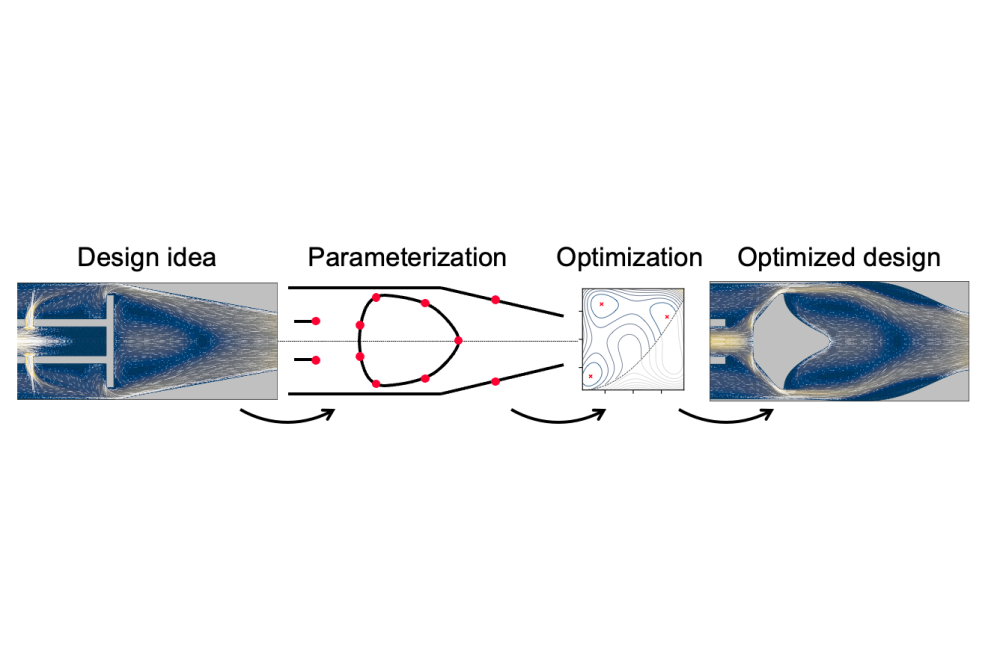
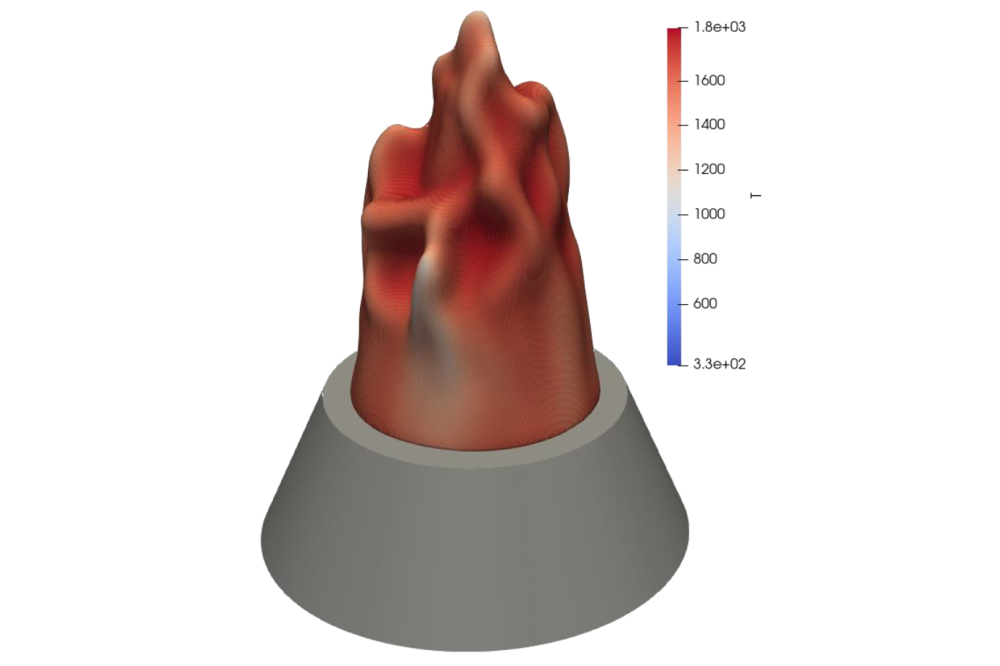
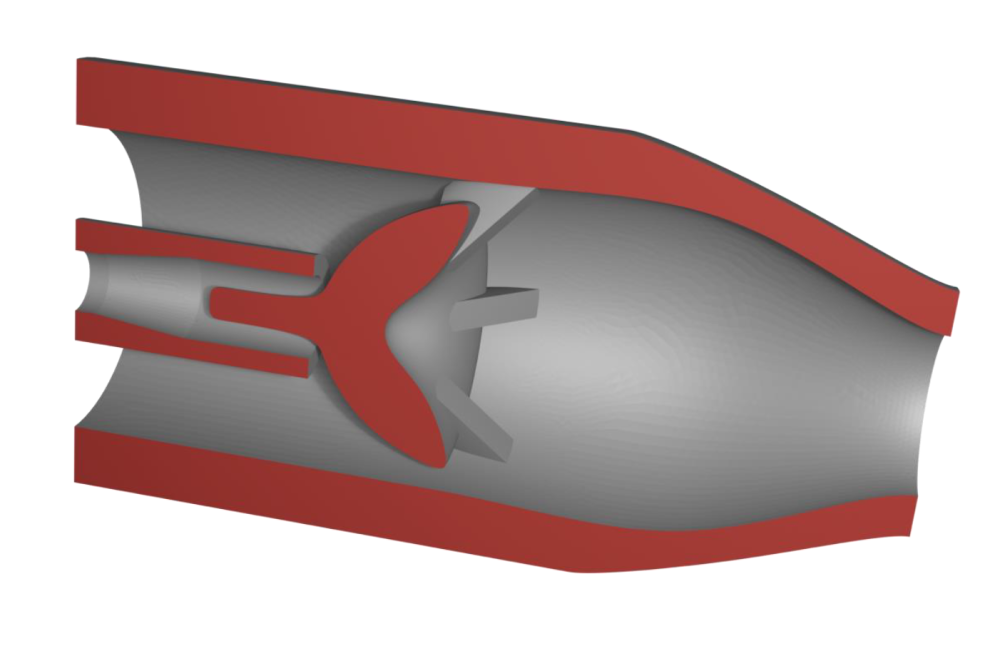
Green hydrogen has been identified as an important energy carrier for the future energy economy. However, due to the ...

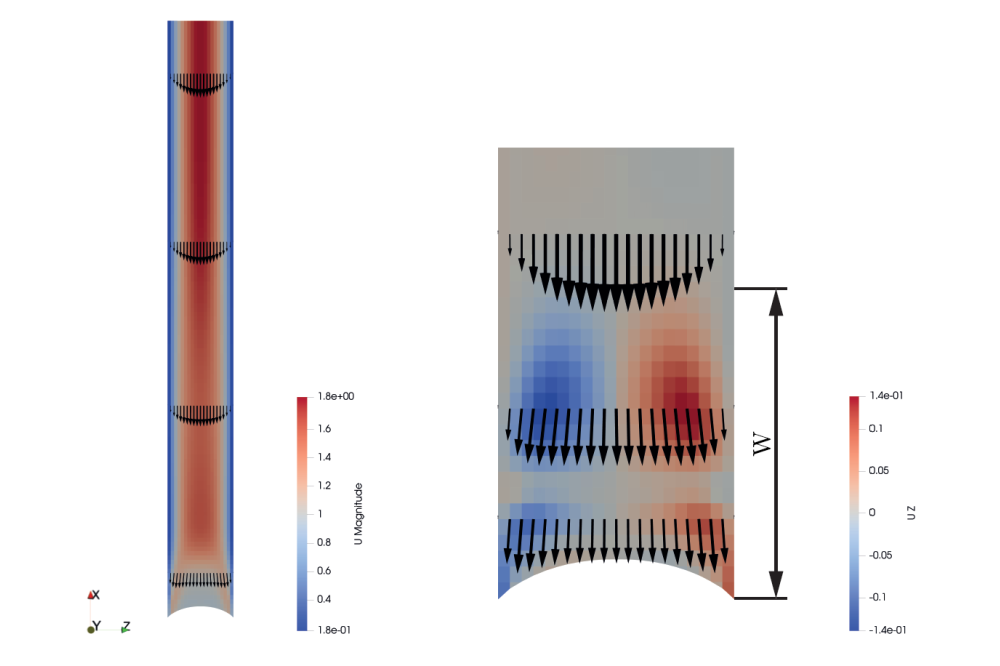
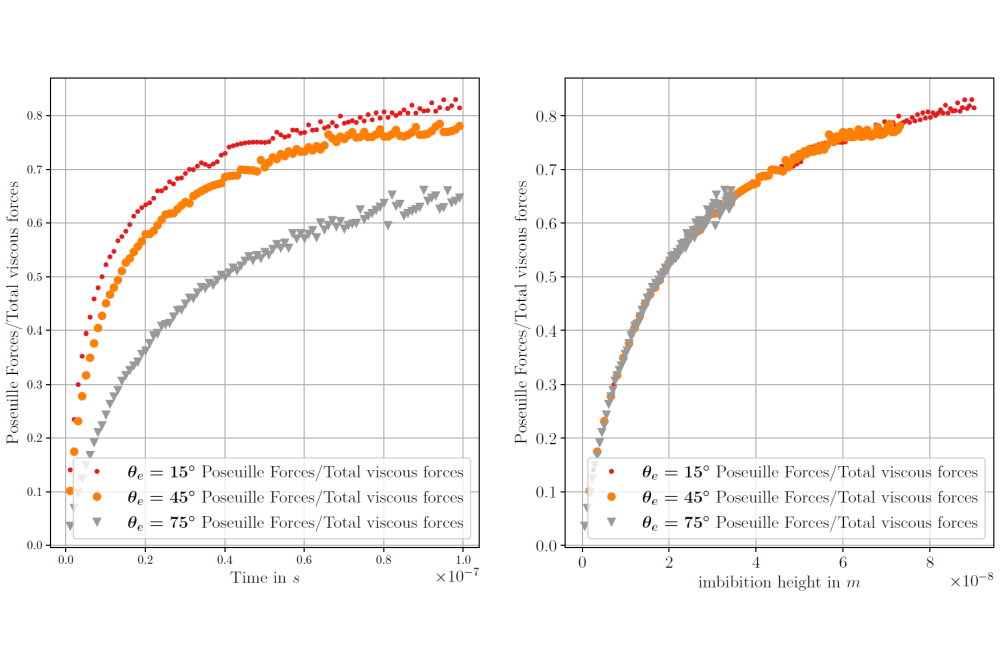
Mesoporous materials, which have pore sizes in the range of 10-200 nanometers, have attracted significant attention due ...

The investigation of novel or optimizing established processes is of paramount importance in chemical engineering in the ...
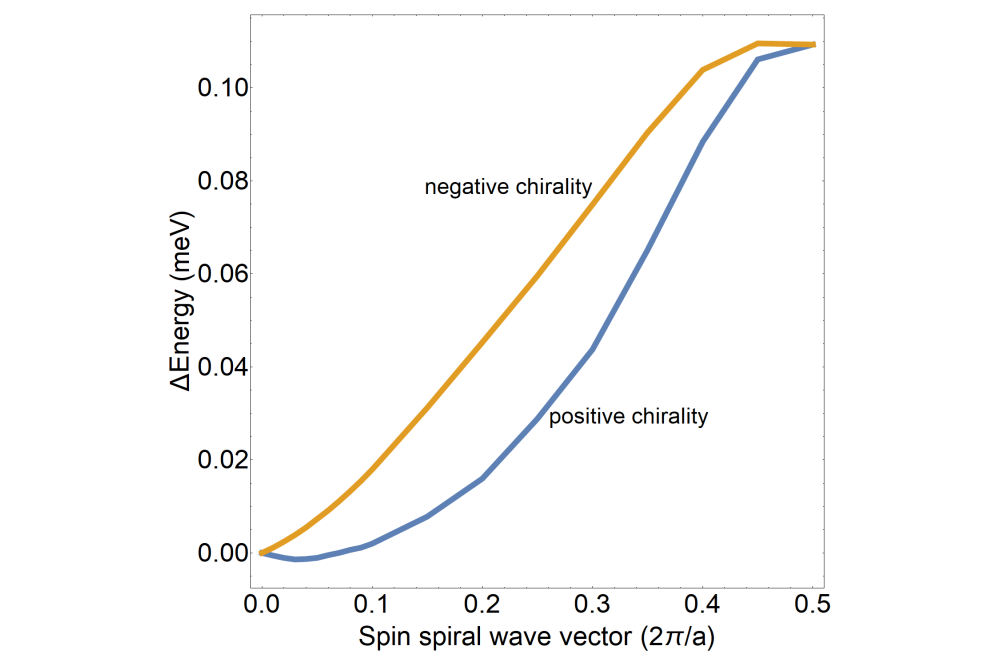

Symmetry, dimensionality, and local environment are essential elements affecting the magnetism of transition-metal ...
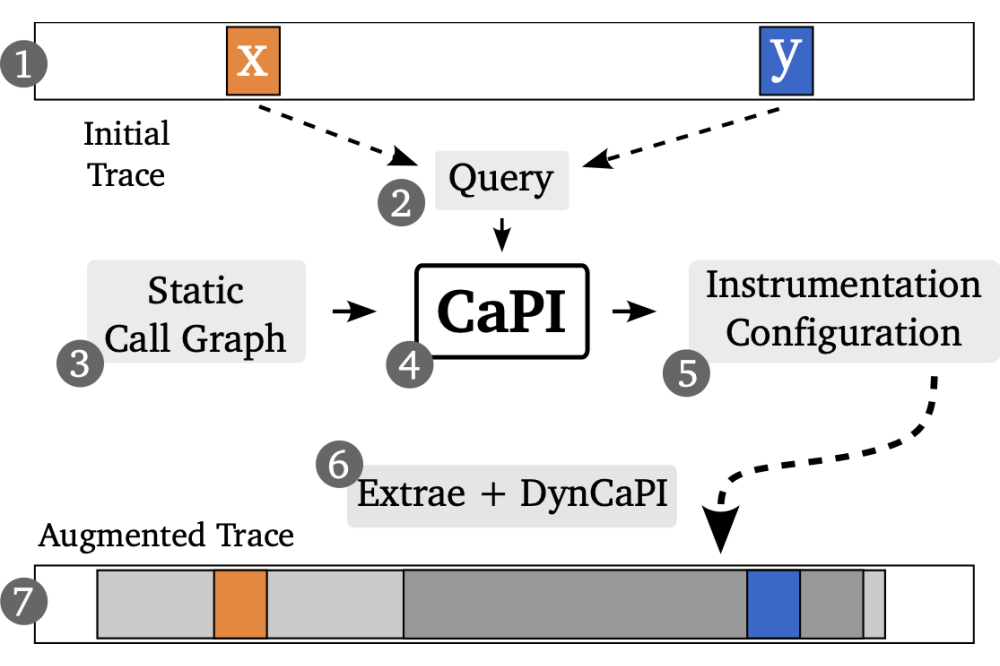

The exaFOAM project [1] aims at overcoming the current limitations of Computational Fluid Dynamics (CFD) technology ...
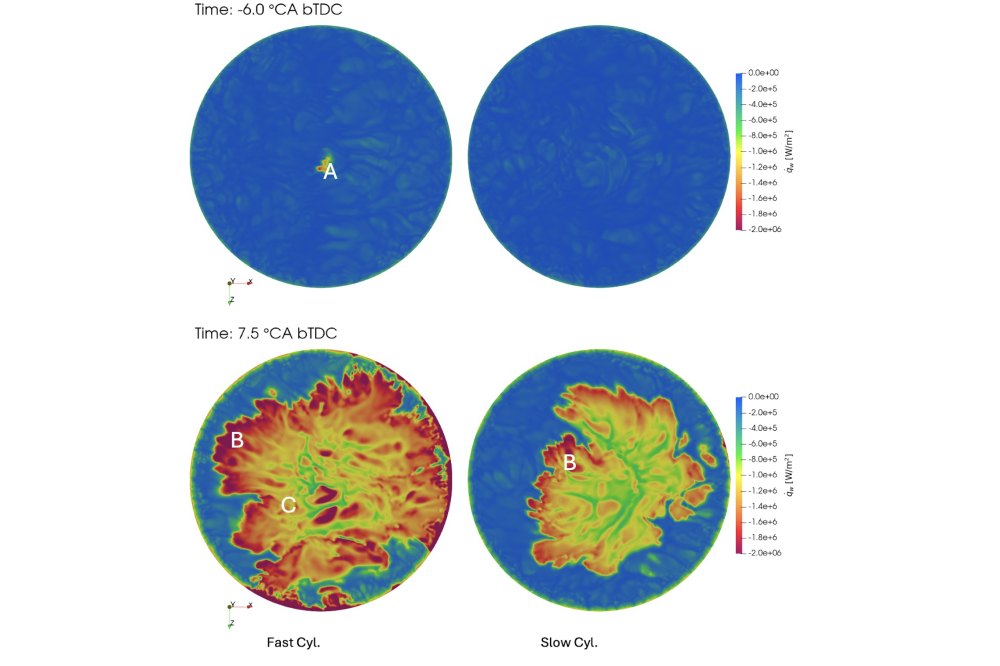
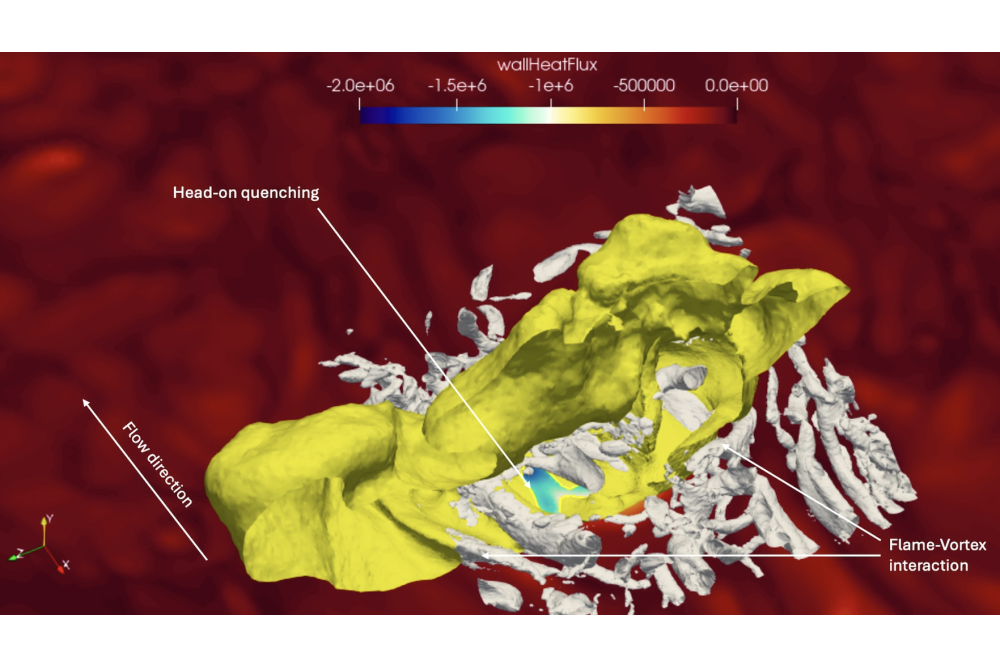
Internal combustion engines are vital to the modern transportation sector, and ongoing research is essential to optimize ...
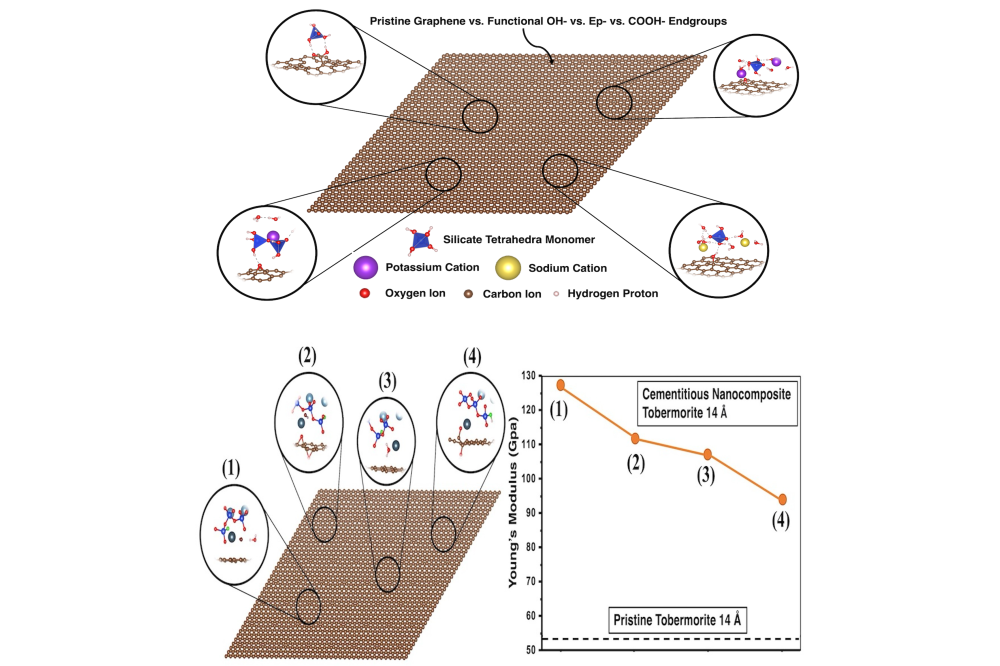
The project seeks to create a comprehensive model linking nanoscale phenomena to larger-scale behaviors to better ...
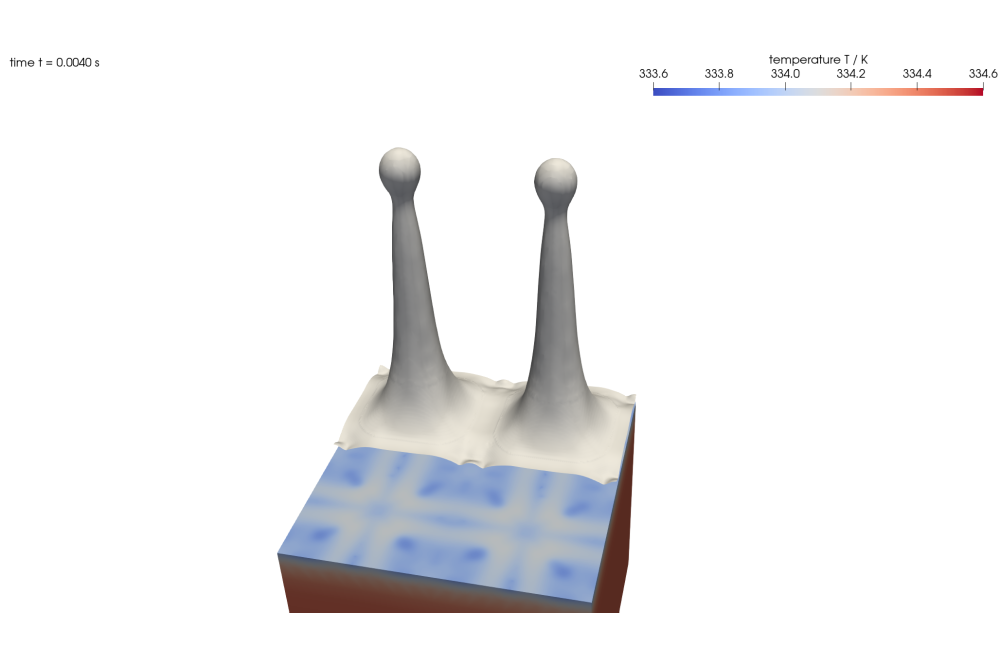
Spray cooling is a very effective method for cooling of electronic devices. The study of the impact of single and ...
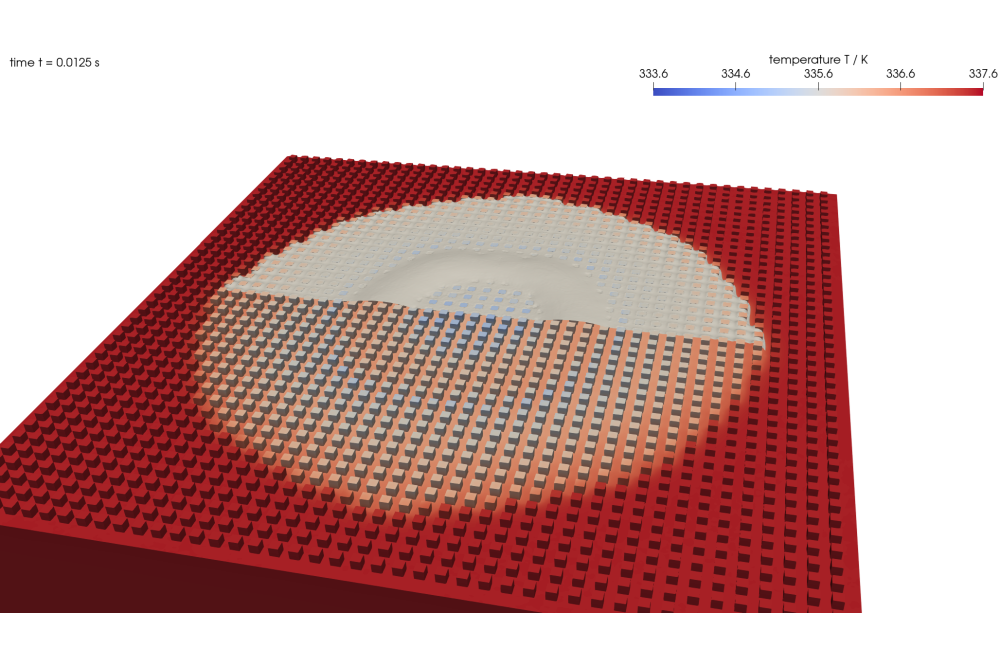
Spray cooling is a very effective method for cooling of electronic devices. The study of the impact of single and ...
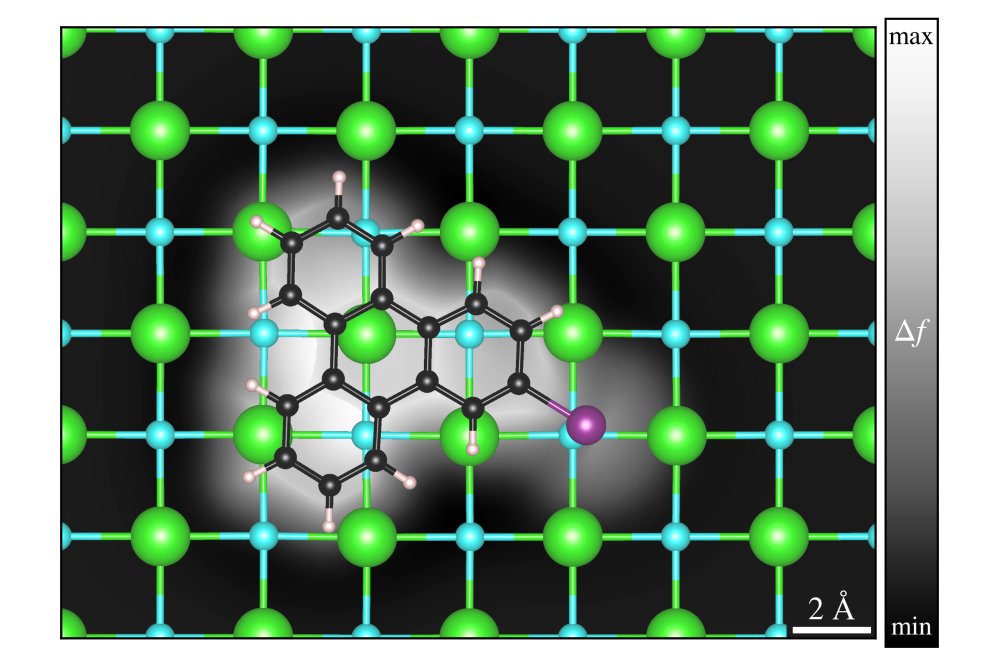
In the past centuries chemists have established a solid knowledge for the synthesis of molecules in solution. With the ...
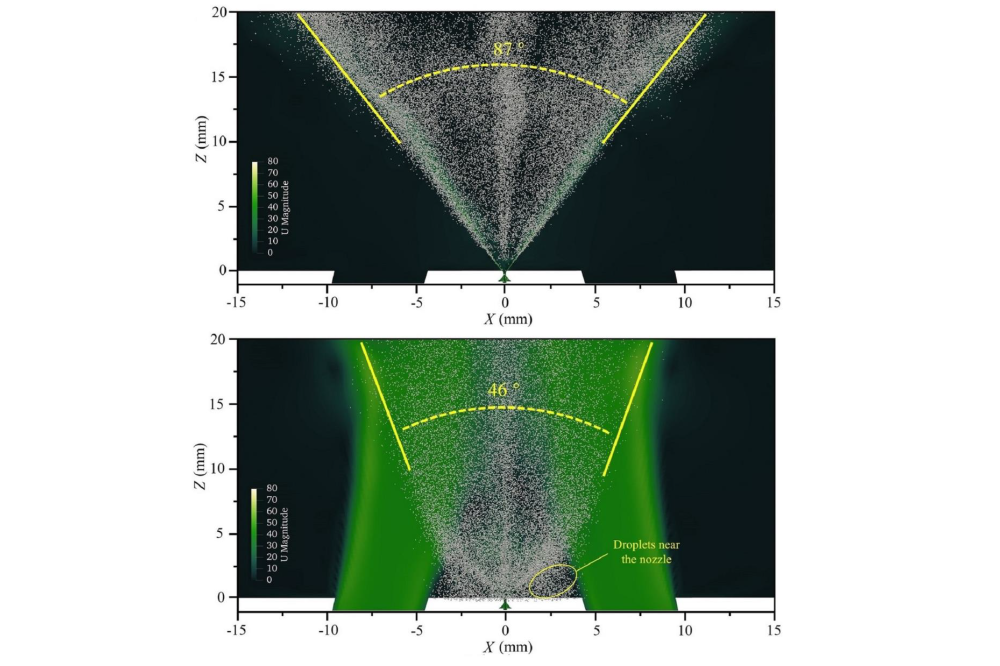
In response to the growing need for sustainable energy solutions and emission reduction, gas turbines offer a viable ...
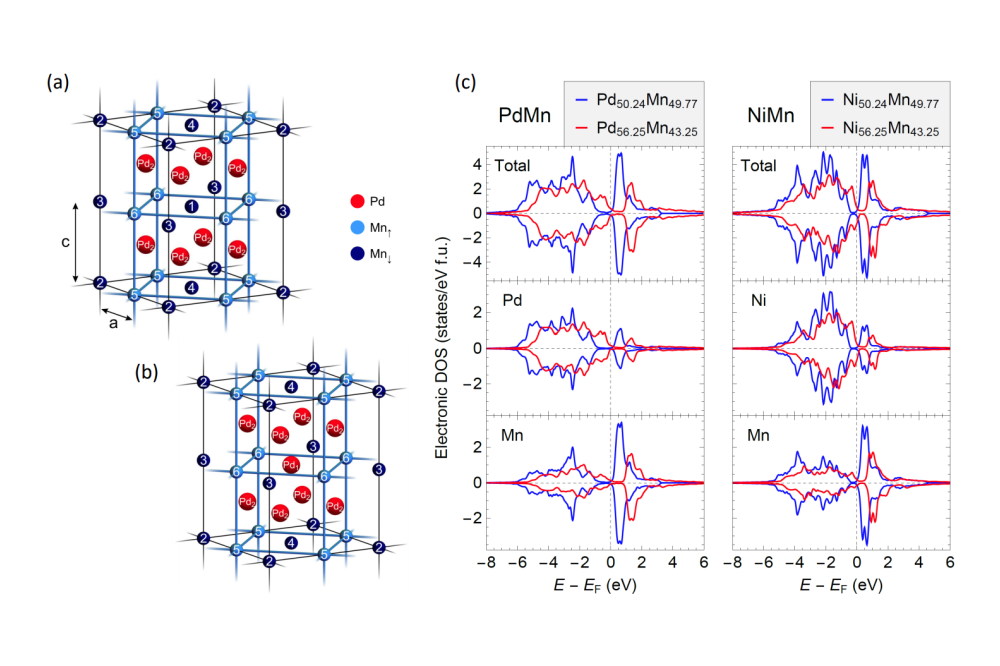
Functional materials for magnetic cooling devices at room temperature are in focus for the materials scientists during ...
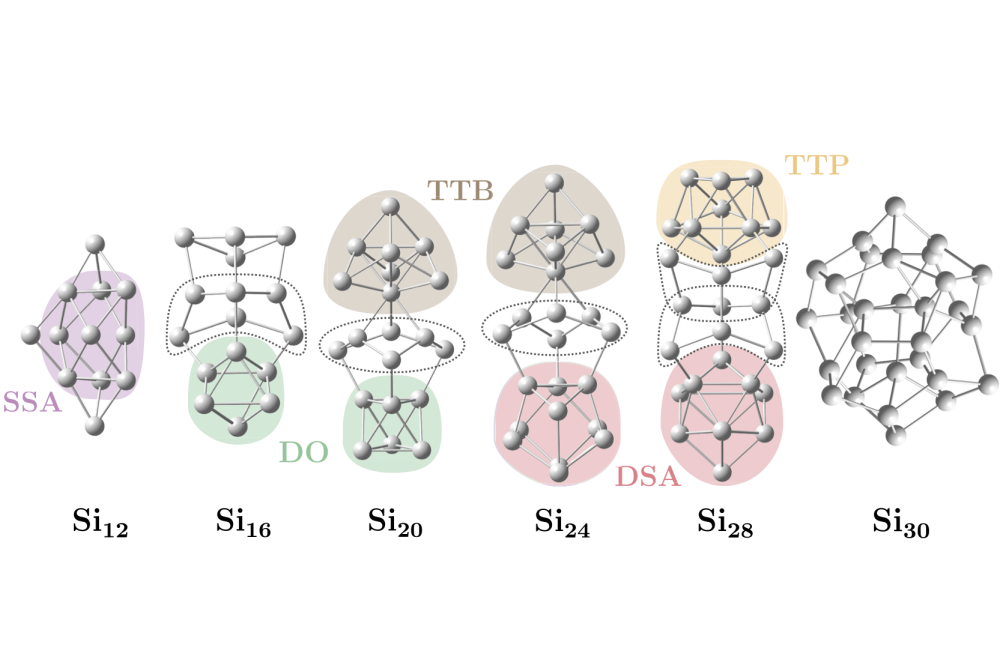
The previous investigation of SnN clusters with N = 6−40 showed that below a clusters size of about 30 atoms, a prolate ...
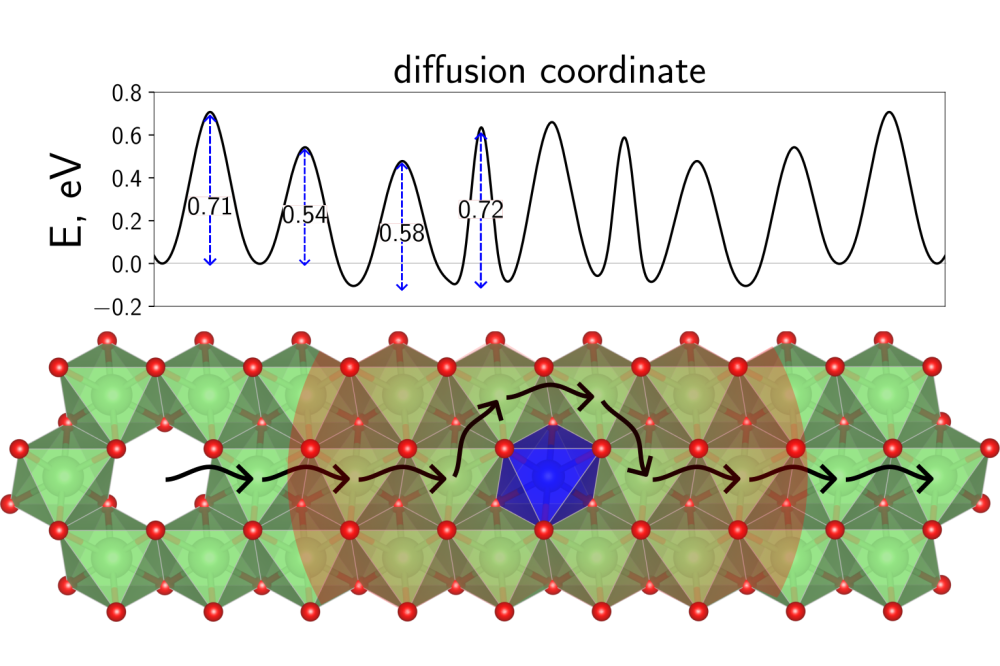
Layered transition metal oxides, derived from the model system LiCoO2, are used as cathode materials in Li-ion batteries ...

The German government’s National Hydrogen Strategy has identified hydrogen as a crucial technology in achieving the ...
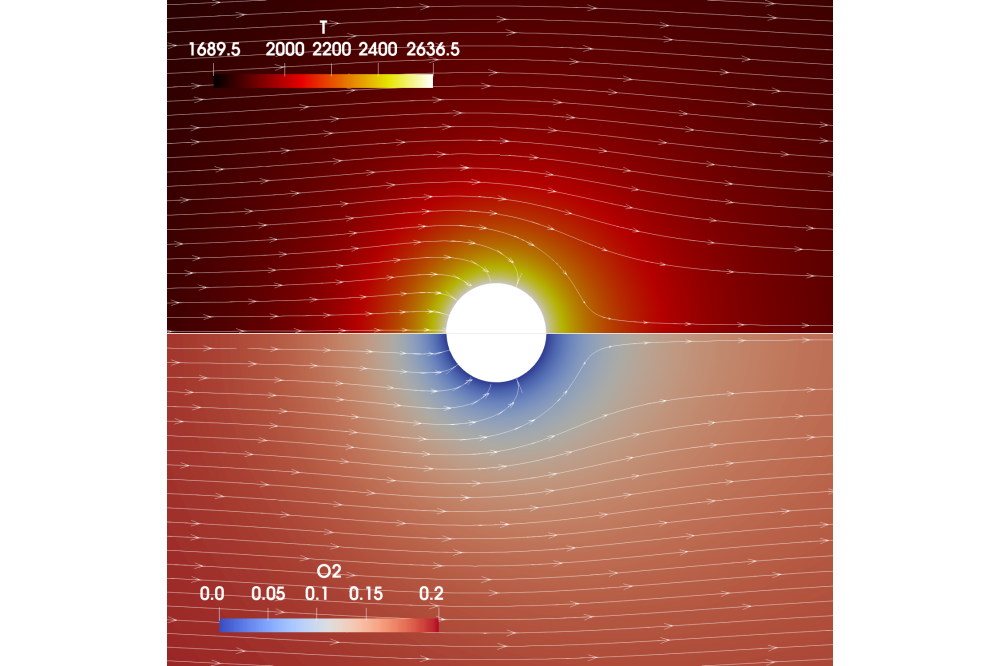
Metal fuels are promising green energy carriers due to their high volumetric energy density, recyclability, and ...

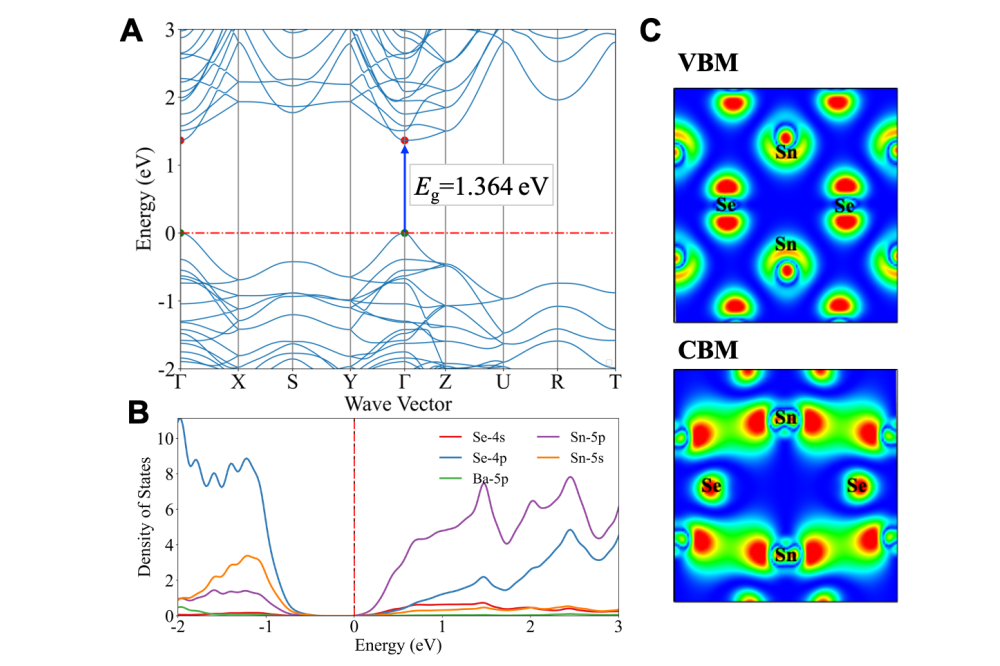

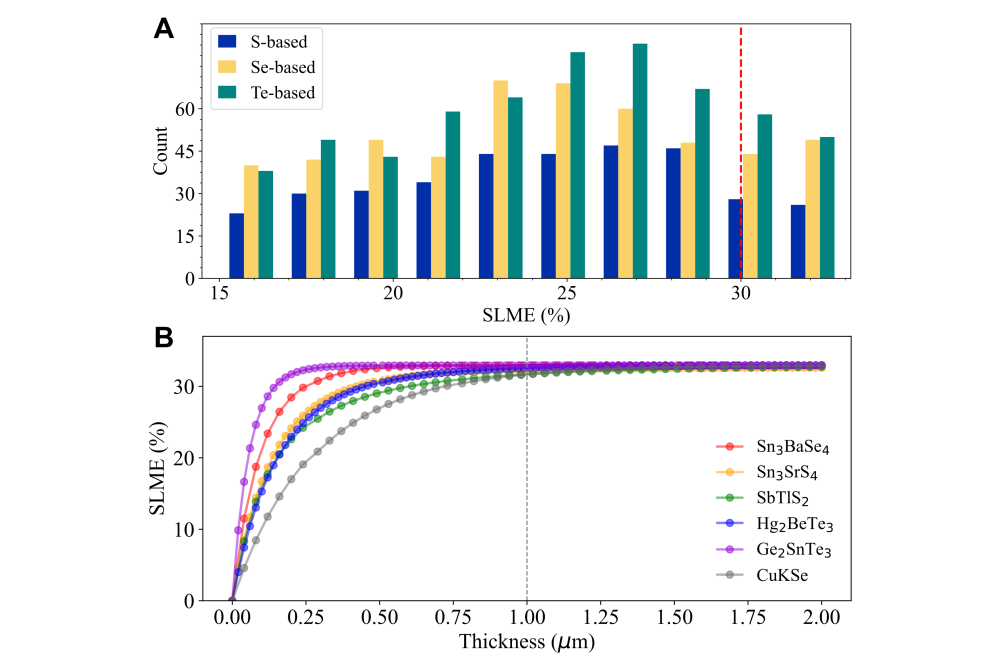
The potential of chalcogenides in applications like optoelectronics, thermoelectrics, transparent contacts, and thin ...
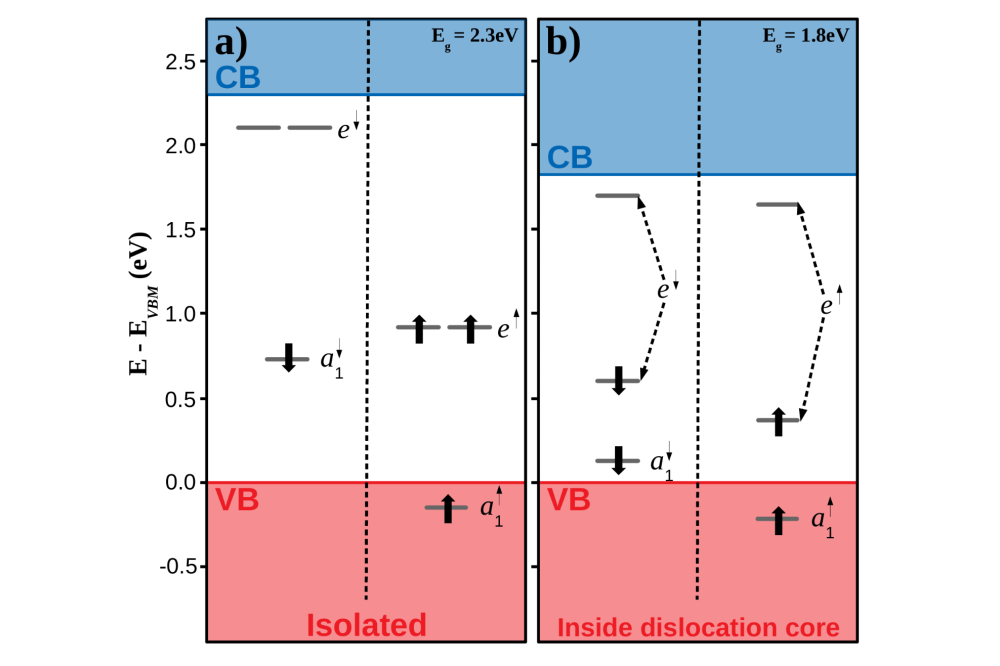
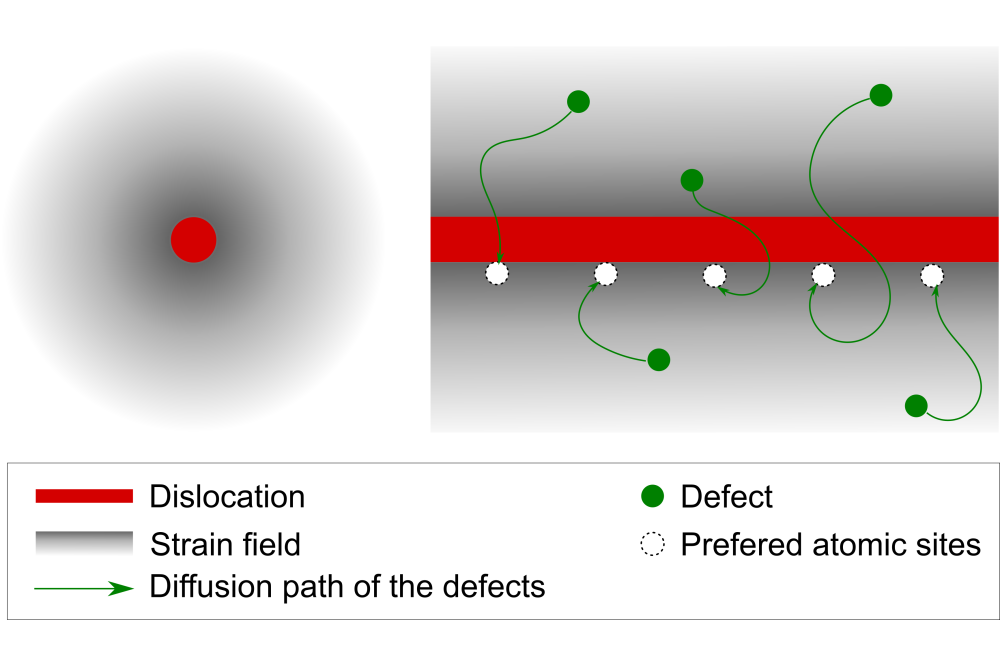
A quantum computer is a device that exploits quantum behavior to solve a computational problem that cannot be tackled ...
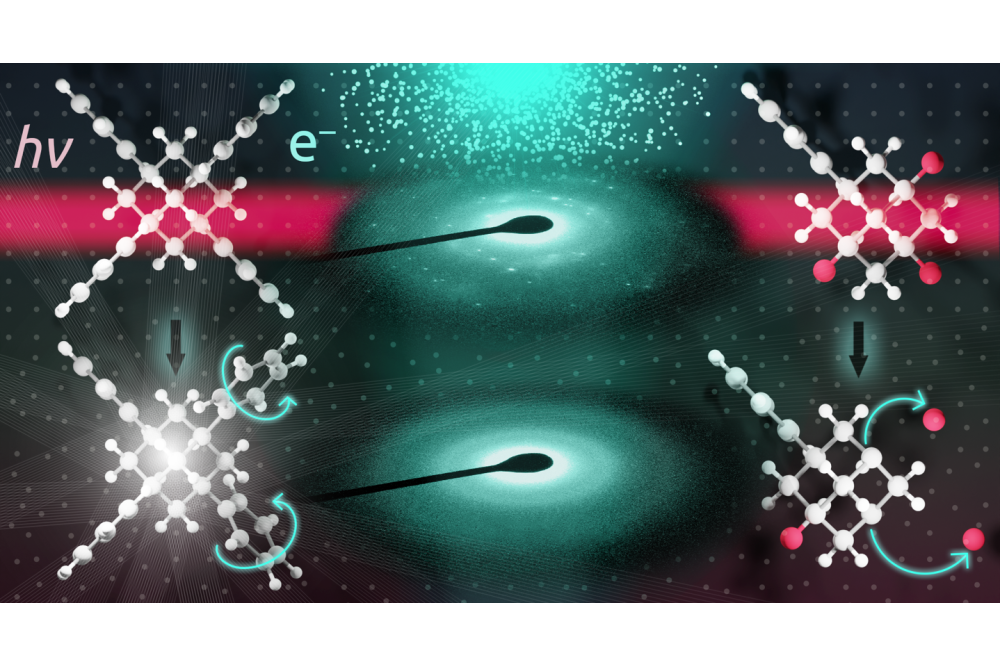
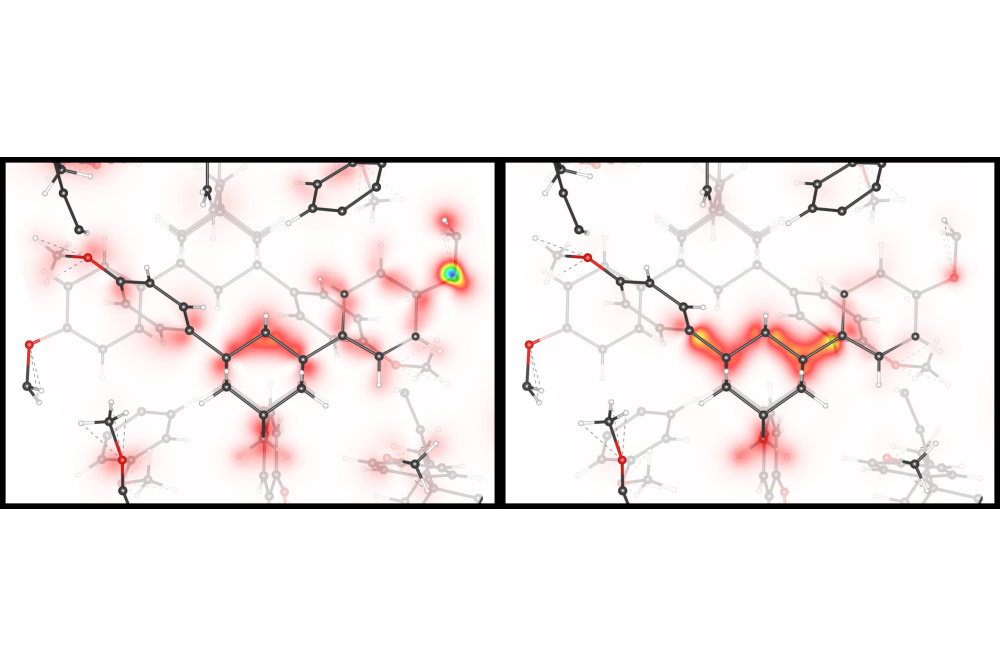
Linking experimental and theoretical observations on a physical system is one of the key objectives of modern science ...
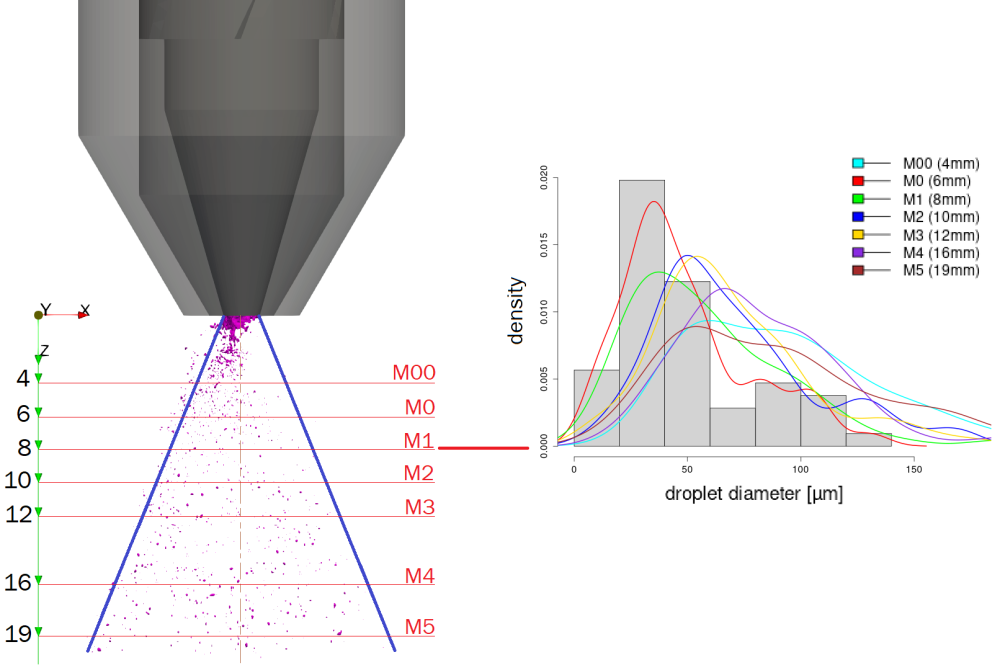
Spray drying is one of the most used manufacturing techniques by the pharmaceutical industry. It enhances the ...
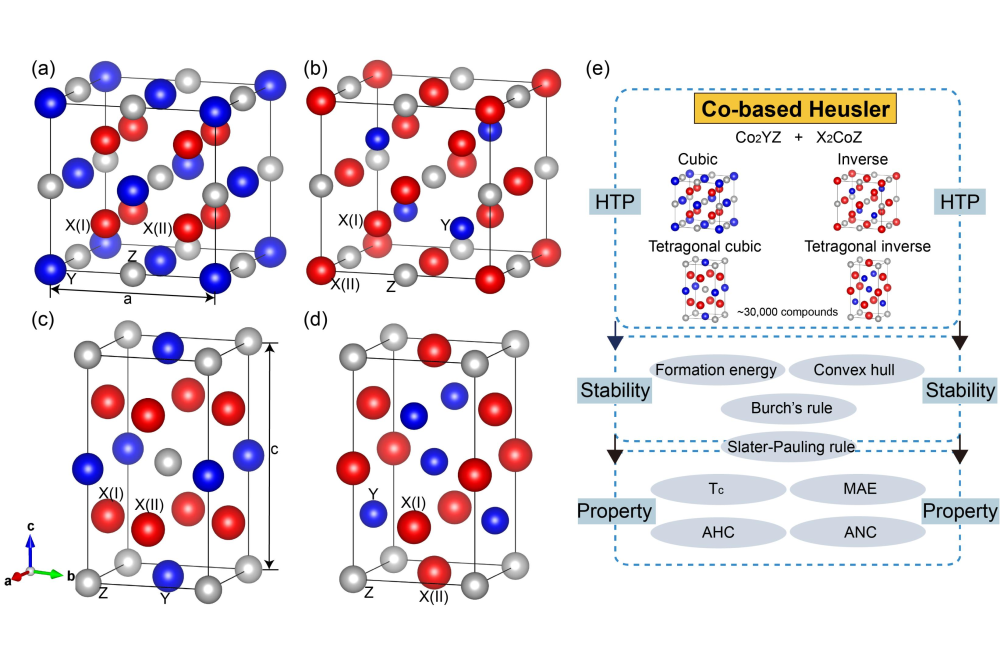
Heusler alloys are a remarkable class of intermetallic materials with a wide spectrum of intriguing physical properties ...

Optoelectronic materials have attracted significant attention owing to the global energy shortage and environmental ...



